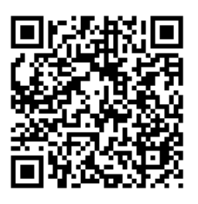Gold trading volumes rise
Gold trading volumes averaged US$264bn/day across global markets in January, 20% higher m/m. The increase can be mainly attributed to surging volumes at COMEX (+60%, m/m), which pushed activities at exchanges around the globe 39% higher m/m – as the gold price strength attracted traders. Meanwhile, the OTC market (+10%, m/m) and global gold ETFs (+23%, m/m) also saw increased trading during the month.
Total net longs of COMEX’s gold futures ended January at 952t, a 25% m/m increase. Money managers increased their net long positions by 26% to 717t by the end of the month. We believe the gold price strength and tariff-related fears7 were primary drivers of increased long positioning.
